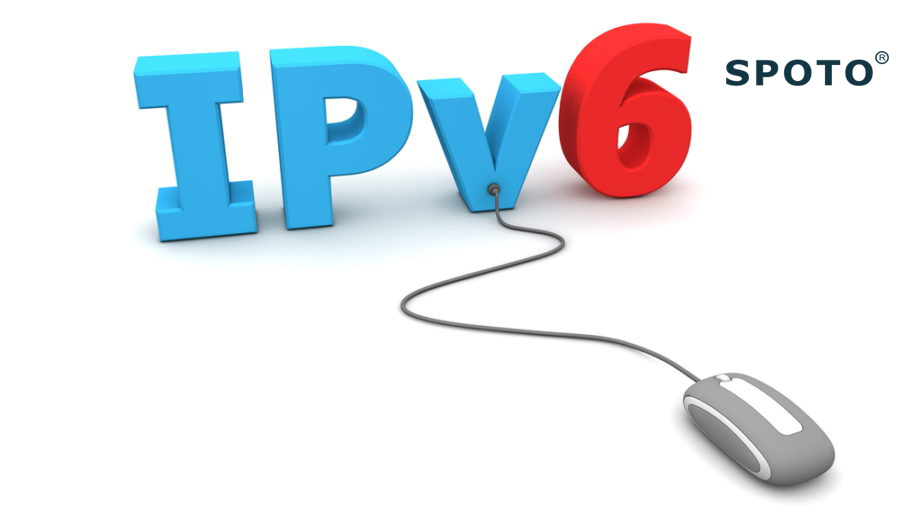Cisco routers do not have IPv6 routing enabled by default.
To configure IPv6 on Cisco routers, you need to do two things:
enable IPv6 routing on a Cisco router using the ipv6 unicast-routing global configuration command. This command globally enables IPv6 and must be the first command executed on the router.
configure the IPv6 global unicast address on an interface using the ipv6 address/prefix-length [eui-64] command. If you omit the eui-64 parameter, you will need to configure the entire address manually. After you enter this command, the link-local address will be automatically derived.
Here is an IPv6 configuration example:
R1(config)#ipv6 unicast-routing
R1(config)#int Gi0/0
R1(config-if)#ipv6 address 2001:0BB9:AABB:1234::/64 eui-64
We can verify that the IPv6 address has been configured by using the show ipv6 interface Gi0/0 command:
R1#show ipv6 interface Gi0/0
GigabitEthernet0/0 is up, line protocol is up
IPv6 is enabled, link-local address is FE80::201:42FF:FE65:3E01
No Virtual link-local address(es):
Global unicast address(es):
2001:BB9:AABB:1234:201:42FF:FE65:3E01, subnet is 2001:BB9:AABB:1234::/64 [EUI]
Joined group address(es):
FF02::1
FF02::2
FF02::1:FF65:3E01
MTU is 1500 bytes
....
From the output above we can verify two things:
the link-local IPv6 address has been automatically configured. Link-local IP addresses begin with FE80::/10 and the interface ID is used for the rest of the address. Because the MAC address of the interface is 00:01:42:65:3E01, the calculated address is FE80::201:42FF:FE65:3E01.
the global IPv6 address has been created using the modified EUI-64 method. Remember that IPv6 global addresses begin with 2000::/3. So in our case, the IPv6 global address is 2001:BB9:AABB:1234:201:42FF:FE65:3E01.
We will also create an IPv6 address on another router. This time we will enter the whole address:
R2(config-if)#ipv6 address 2001:0BB9:AABB:1234:1111:2222:3333:4444/64
Notice that the IPv6 address is in the same subnet as the one configured on R1 (2001:0BB9:AABB:1234/64). We can test the connectivity between the devices using ping for IPv6:
R1#ping ipv6 2001:0BB9:AABB:1234:1111:2222:3333:4444
Type escape sequence to abort.
Sending 5, 100-byte ICMP Echos to 2001:0BB9:AABB:1234:1111:2222:3333:4444, timeout is 2 seconds:
!!!!!
Success rate is 100 percent (5/5), round-trip min/avg/max = 0/0/0 ms
As you can see from the output above, the devices can communicate with each other.
Note: if you are interested in technology for IPV6, and you can improve your ability to take the Cisco certification exam. we have many exam dumps.
More Recommended Articles
2. 19 Best Study Tips for Cisco Exams
3. What is the Cisco Certified Entry Networking Technician?
4. Why Are Some Many People to Take the Cisco Certification Exam in the Globe?

 Join Telegram Study Group ▷
Join Telegram Study Group ▷














